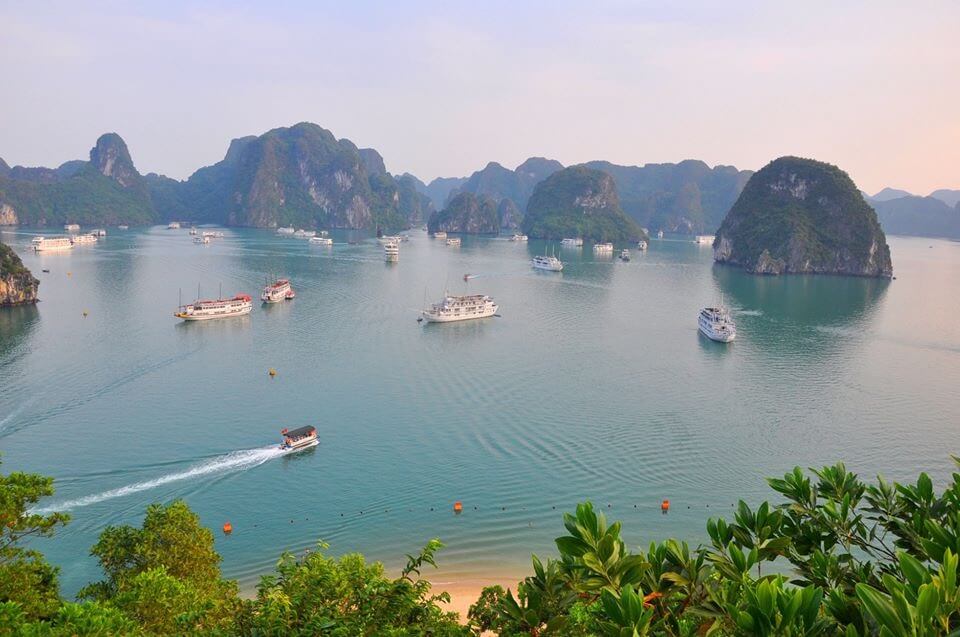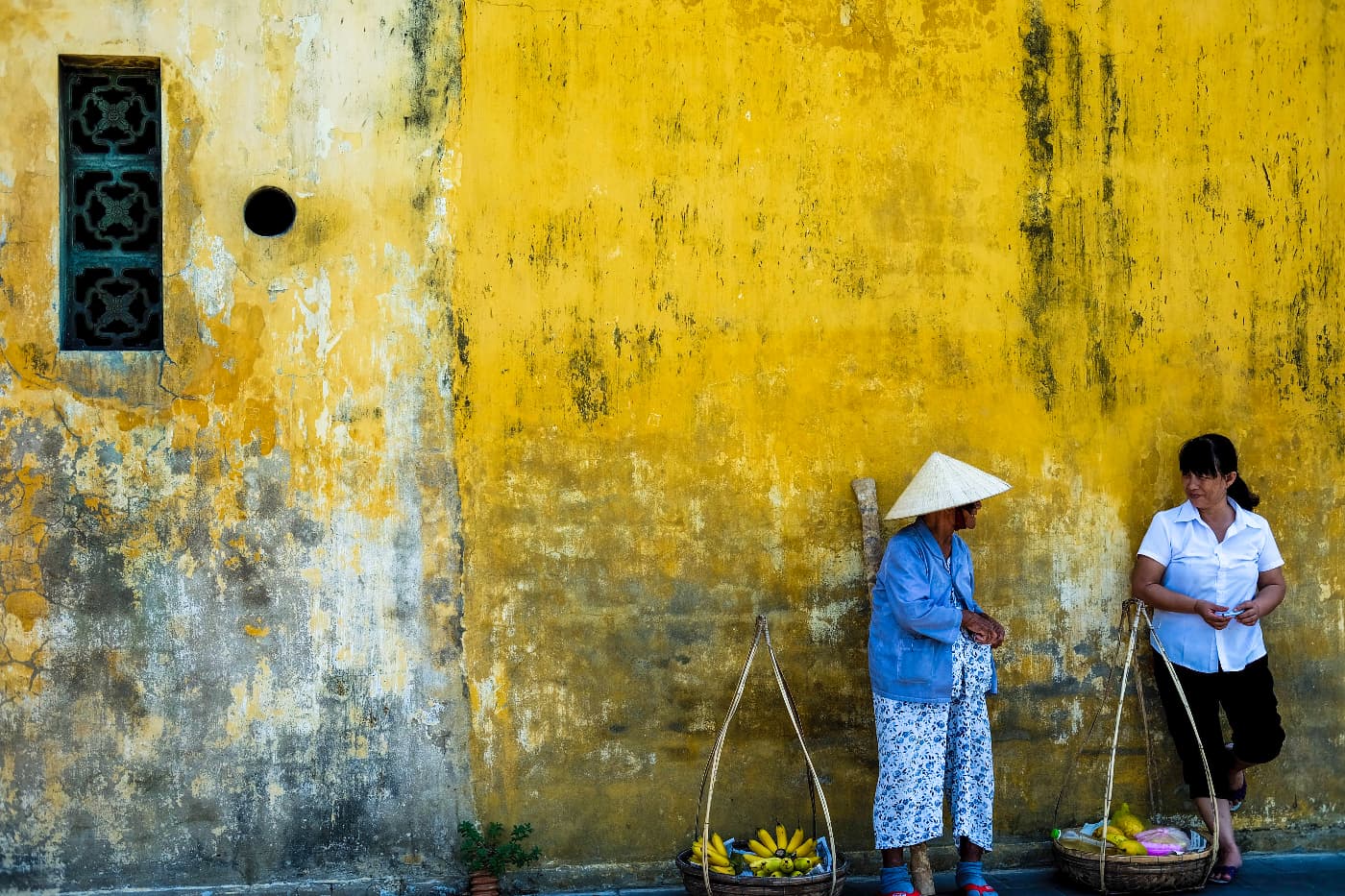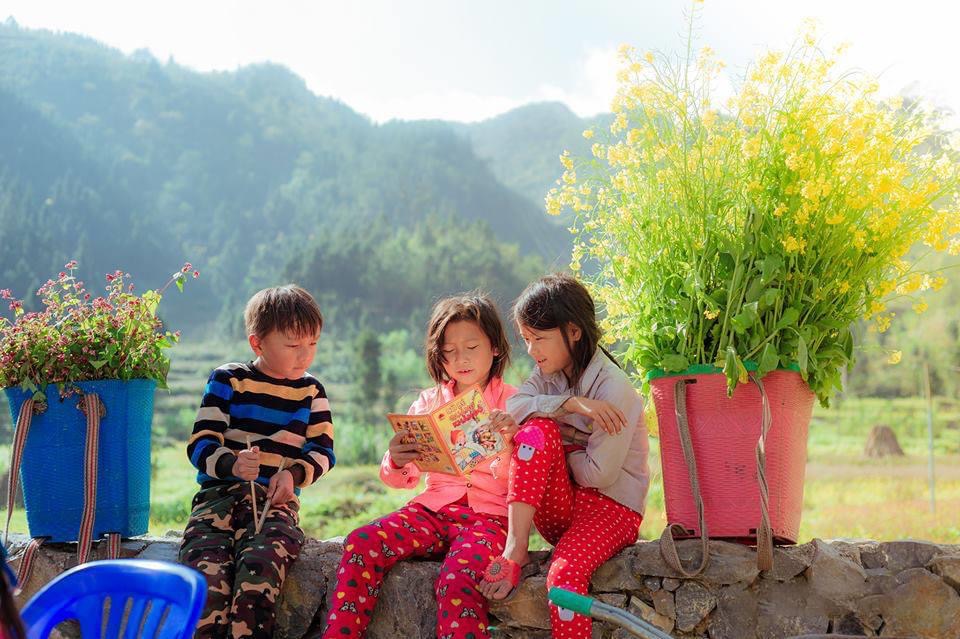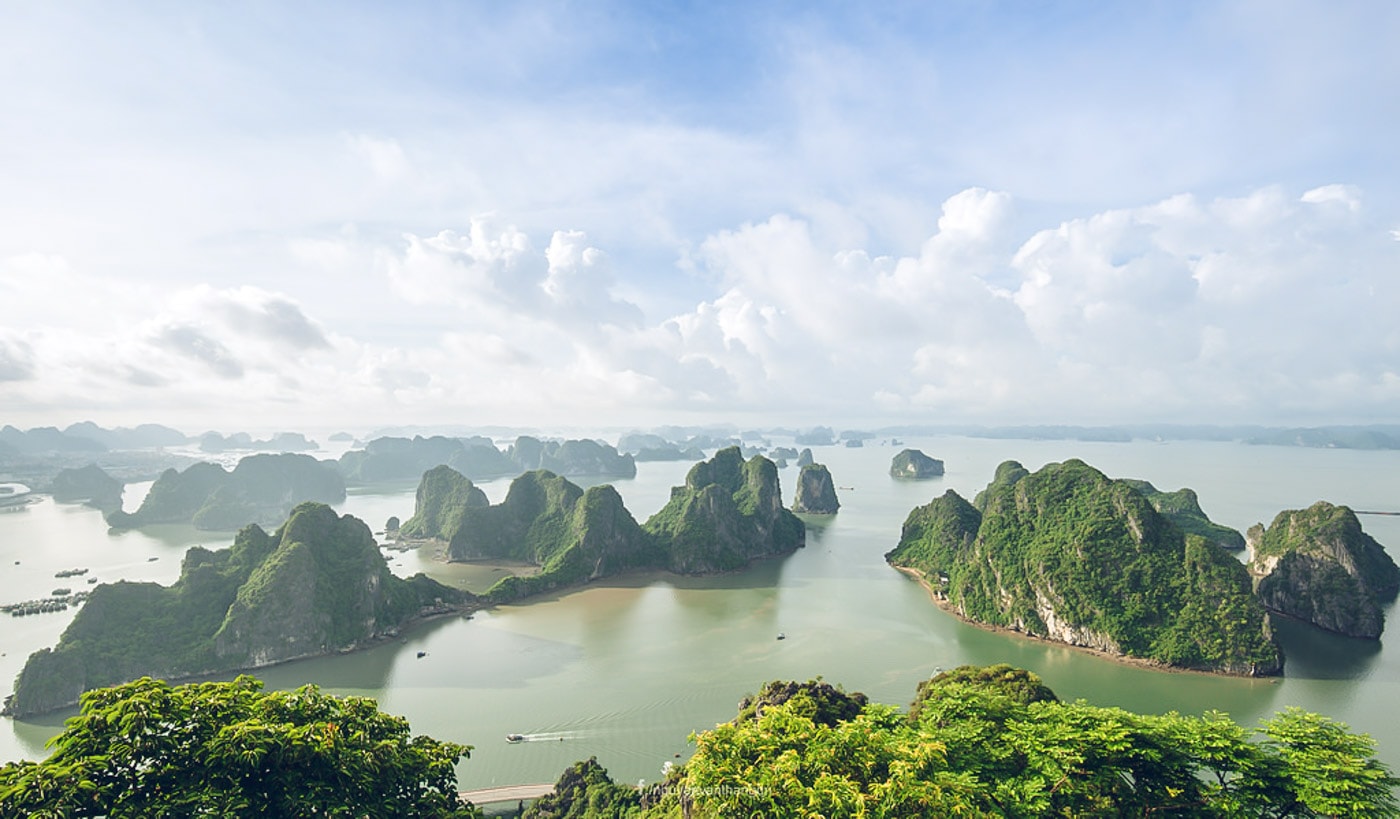Best Time To Travel To Vietnam
The great thing about arranging a trip to travel to Vietnam is that there is really no bad time to go. Given its length of 1,650 kilometers (1,025 miles), it may be helpful to divide Vietnam into three distinct regions for your vacation planning. These are the Northern, Central, and Southern regions of Vietnam. In most months, you can expect some amount of rain and some amount of sunshine. As long as you pack appropriately, you won't have to let a little rain (or any other kind of bad weather) in Vietnam dampen your trip. There is, after all, "no such thing as bad weather, just bad clothing," as the saying goes. In general, September through December or March and April are the best times to travel to Vietnam if you intend to travel throughout the entire country. Let's learn the detailed climate from Northern to Southern Vietnam before taking the trip to travel to Vietnam.
Northern Vietnam (Hanoi, Halong Bay, Sapa, Ninh Binh, Pu Luong)
The months of September through December are the best time to visit the northern part of Vietnam because of the pleasant weather and low tourist volume. Seasons in the northern part of Vietnam range from cool to cold from November to March and hot and rainy from April to October. Packing for the cold is essential in December and January, but the mists that accompany these months make outdoor activities like kayaking and relaxing all the more enjoyable.


Central Vietnam (Da Nang, Hoi An, Hue, Phong Nha)
Temperatures tend to be more stable in Central Vietnam than they are in the North. The months of January through August feature a hot, dry, sunny climate with very little precipitation and highs in the mid-30s (95°F). The central coastline of Da Nang and Hoi An can reach 100°F in the summer and 75°F in the winter, so pack accordingly if you plan to visit the beach islands during these times. Visit between May and July for warmer temperatures at the beach, or earlier in the year between January and April for milder temperatures.
Still hot and humid, the central region sees a shift in the climate in August, bringing with it a greater likelihood of rain showers. From September through December, the northern part of Central Vietnam receives heavy rain due to the northeast monsoon. Due to the presence of the Truong Son mountain range, the coastal area receives significantly less precipitation than the rest of Vietnam between April and September, when the southwest monsoon is at its peak. You might be put off by the sound of rain, but rest assured that it won't last more than a few hours and the sun will be shining again soon. There's no better time than during these brief downpours to retreat indoors and relax with a cup of Vietnamese coffee, a cocktail, a full meal, or much more interesting taste.

Southern Vietnam (Ho Chi Minh, Mekong Delta, Phu Quoc)
Temperatures in the south of Vietnam are typically around 30 degrees Celsius (86 degrees Fahrenheit) all year round, a more typical tropical climate. Rainfall from May through September is typically short and sharp, but it does not last long enough to cause any major problems. A trip to Southern Vietnam between the months of December and March or April is ideal because it is less crowded then. It rains lightly in the afternoon from June through September on Phu Quoc and Mui Ne, and the Nha Trang monsoon season lasts from September through January. From May to November, brief afternoon showers and heavy nighttime storms punctuate the hot and humid climate of Con Dao, while July and September bring the heaviest rainfall.















